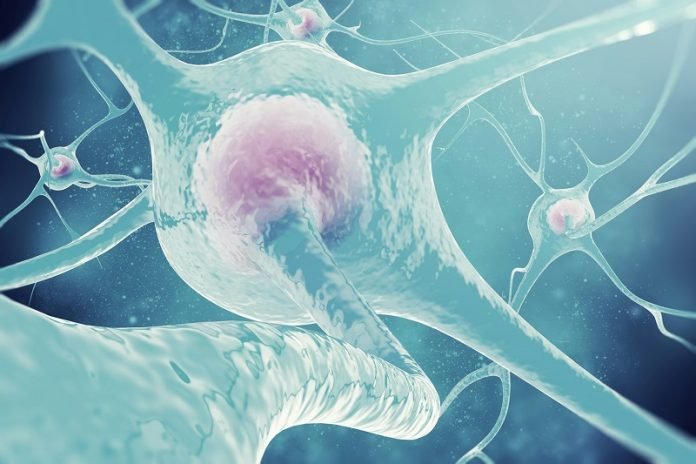
A new study from Northwestern Medicine has shed new light on the development of Alzheimer’s disease, suggesting that the balance of certain types of RNA in the brain could be crucial.
The study, published in Nature Communications, marks the first time scientists have linked RNA activities directly to Alzheimer’s.
Alzheimer’s disease is known for its devastating impact on brain cells, leading to memory loss and cognitive decline.
It affects millions, with an estimated 6.7 million patients in the U.S. alone in 2023. Despite its prevalence, the exact causes of neuron death in Alzheimer’s have been a mystery.
The study’s senior author Marcus Peter and his team have discovered that short strands of RNA, known as sRNAs, play a significant role in this process.
They found that toxic sRNAs, which contribute to brain cell death and DNA damage, are present in higher amounts in Alzheimer’s and aged brains. Conversely, protective sRNAs decrease with age, potentially allowing Alzheimer’s to develop.
This breakthrough offers new insights into why neurodegenerative diseases like Alzheimer’s usually manifest later in life after decades of symptom-free living.
The study also suggests that SuperAgers – older people with exceptional memory capacity – have higher amounts of protective short RNA strands, which might contribute to their superior memory.
The implications of this discovery go beyond Alzheimer’s. It presents a new avenue for treatment, shifting focus from the conventional targets of amyloid plaques and tau tangles.
Current Alzheimer’s treatments, primarily aimed at reducing amyloid plaques, have had limited success. This study proposes stabilizing or increasing protective sRNAs as a novel approach to halt or delay Alzheimer’s.
So, what exactly are these toxic and protective sRNAs? In simple terms, our genes, stored as DNA, are converted into long RNAs to produce proteins essential for life.
But there are also short RNAs that don’t create proteins. Instead, they regulate what the long RNAs do. Toxic sRNAs can kill cells by blocking essential protein production, while protective sRNAs, mainly microRNAs, act as guards to prevent this damage.
Unfortunately, as we age, the number of these protective guards decreases, leading to increased cell damage.
In their study, the researchers analyzed brains from various sources, including Alzheimer’s disease mouse models, brains of young and old mice, and neurons derived from both young and older individuals, including Alzheimer’s patients.
They found that increasing protective miRNAs could shield brain cells from death induced by amyloid beta fragments, a trigger for Alzheimer’s.
The team aims to further explore the exact contribution of toxic sRNAs to cell death in Alzheimer’s and to develop compounds that could selectively increase protective sRNAs or block toxic ones.
If you care about Alzheimer’s, please read studies about Vitamin D deficiency linked to Alzheimer’s, vascular dementia, and Oral cannabis extract may help reduce Alzheimer’s symptoms.
For more information about brain health, please see recent studies about Vitamin B9 deficiency linked to higher dementia risk, and results showing flavonoid-rich foods could improve survival in Parkinson’s disease.
The research findings can be found in Nature Communications.
Copyright © 2024 Knowridge Science Report. All rights reserved.




